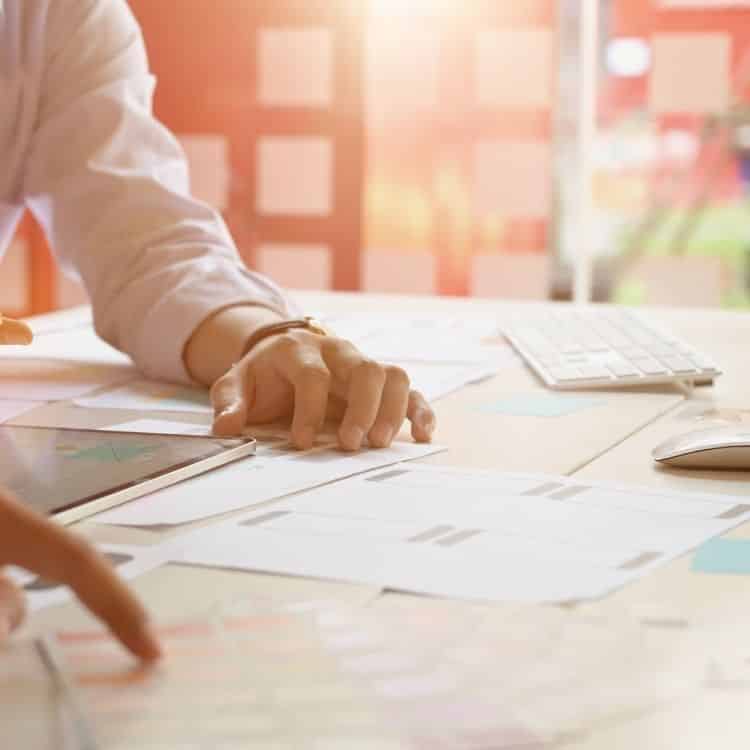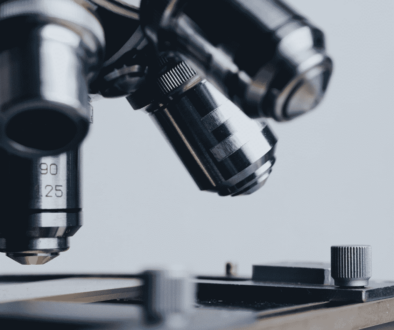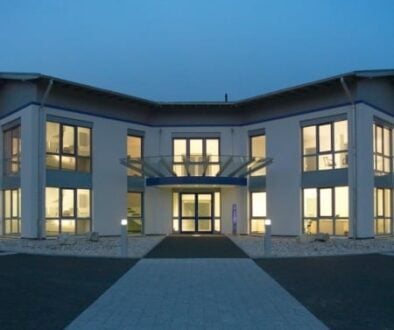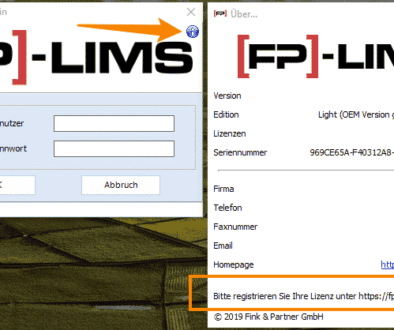Plan laboratory equipment correctly
Setting up or opening a laboratory involves intensive planning in advance. In the course of careful laboratory planning, the question of the necessary laboratory equipment also arises quickly. What exactly are the tasks to be performed and what kind of laboratory equipment do I actually need? Only when you can answer these and other questions should you start with the concrete implementation. In the long term, this prevents unforeseen events that slow down processes and drive up costs. Let’s take a look at how planning laboratory equipment works.

Laboratory Equipment Definition – What is laboratory equipment anyway?
To understand what is needed for laboratory equipment, it is important to keep in mind the definition of laboratory equipment: This refers to all the equipment needed in a laboratory. In addition to laboratory equipment, this also includes laboratory furniture as well as laboratory accessories (vessels, tools, other aids) and software solutionssuch as LIMS software / Definition.
This is what you should look for in laboratory equipment
Laboratory equipment includes many different things such as work equipment, IT solutions and the laboratory furnishings. They all have to be specifically designed for the tasks that will be performed in the future laboratory. Depending on the focus, these can look very different. The range from which you can choose is correspondingly broad.
LIMS software as an important part of the laboratory equipment
When planning laboratory equipment, the aspect of the right IT solution should not be neglected. This is because LIMS software can be an essential and effective component of high-performance laboratory equipment. This is because LIMS software also pursues the goal of making laboratory processes as efficient and effective as possible. Ideally, the laboratory software should harmonize with the measuring instruments or laboratory machines used. The selection criteria for the right LIMS software are therefore also practicality, ease of maintenance and future viability.
The [FP]-LIMS software from Fink & Partner is a proven, fully functional and at the same time future-proof software for laboratories. In contrast to many other LIMS software solutions, [FP]-LIMS has not only been in constant use worldwide for several years (over 6,000 installations worldwide), it also impresses with its flexibility at all levels. For example, the LIMS software can be completely adapted to the needs of the laboratory. This means that the software solution is not limited to specific industries or applications, but can be used for a wide variety of purposes and measurement methods.
The different versions of the LIMS software are also highly flexible and are suitable for a wide range of applications. Thus, founders of laboratories usually do well with the low-cost entry-level version [FP]-LIMS Light, which is particularly suitable for single users with one measuring device. For small teams and several measuring devices we recommend [FP]-LIMS Standard; large (international) teams with higher requirements will find the perfect LIMS software solution with [FP]-LIMS Professional.
The management of inspection equipment also plays a role in the planning of laboratory equipment
You should also think about correct test equipment management when planning the laboratory equipment. Proper test equipment management is part of quality management and should be given high priority right from the start. With the [FP]-LIMS “Inspection Order Management” module, you can document and control all prescribed calibrations of your measuring equipment.

Conclusion: Laboratory equipment yes, but it has to be planned!
When you are considering the furnishing and equipment of your laboratory, it is necessary to think holistically and to take various aspects into account in your considerations. After all, there are many other factors to consider in addition to the sometimes high-priced investment. Look for modern, high-quality equipment that supports laboratory processes as efficiently as possible. Make sure that all components can be used for as long as possible and can be flexibly adjusted to future requirements, because factors such as digitalization, automation and Industry 4.0 will be indispensable in the data management of laboratories in the future. Therefore, you should already secure yourself now and lay the important foundation stones when selecting the laboratory equipment.


